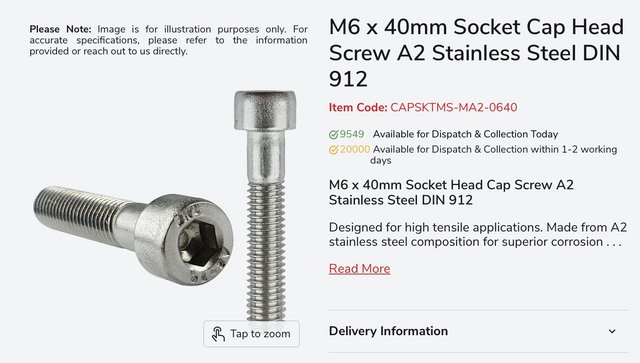I’d like to chime in, as this topic has haunted me for close to a decade now – let me explain:
I’m a Nordic engineer with a degree in mechanical engineering and product development, which in most of the EU and especially here in Finland, adhere to the generally-accepted-as-bar-none German engineering practices and standards. Therefore the DIN standard, later superseded by the ISO standards, have been my in-grained ruleset for mechanical elements, fasteners and materials, along with the terminology, definition and manufacturing practices of derived mechanical components and assemblies.
I traverse the English speaking internet for pretty much everything STEM-related, so as to have a larger set of sources and a broader peer group for information. Unfortunately this got me in a less than favorable situation, as after years of influences from colloquial discussions with, and technical documentation from, ANSI & ASME users, I had started picking up some habits from them.
The screw vs. bolt discussion has been ingrained in my mental shame repository, as I was practically laughed out a project meeting for suggesting a bolt flange construction for ease of on-site assembly, instead of pre-fabricated welded subassemblies. The albeit snarky comment from my older colleague: “there are no bolts in engineering” was made even more eviscerating when in my youthful defensiveness, I went on to parrot the definition I’d come to see online: “screws attach directly to the base material, bolts use through holes and secure the connection with an adjacent female threaded fastener, such as a nut”. This was promptly followed up by the retort “if you had two ISO 4762 hex socket screws, put a nut on one and thread the other into a tapped hole, one would spontaneously transform into a bolt?”.
The roast was a chastening experience, as I came to appreciate how easily erroneous and ill-defined terminology seeps from passed-down colloquial speech into technical topics, due to the conversate nature of applied science.
Ever since I have gotten an uncomfortable shudder every time I come across this topic, as it reminds me of that situation where I ultimately had to concede the logical fallacy and accept I was wrong and they were right (tl:dr):
a mechanical component can’t and shouldn’t be defined by its arbitrary end use or application, but rather by its definitive standardized properties such as geometry, so as to rid any notion of ambiguousness.
Therefore at least in the engineering that adheres to the metric standards: There are multitude of mechanical element that utilize machine screw threads, with varying shape, thread geometry and layout – some partially threaded, some with precision shoulders, some with just a shaft and threads on both ends. But there are no bolts.
Of course this is not the case for the engineering world still adhering to the imperial system, ANSI & ASME, but that is such a small and diminishing subsect on the mechanical engineering world stage, that even though English is the predominant global engineering language, it would serve them well to start to wean off the dated standards during the transition from predominantly pre- to post-internet and global co-operation engineering workforces.
 File Handle.
File Handle.





